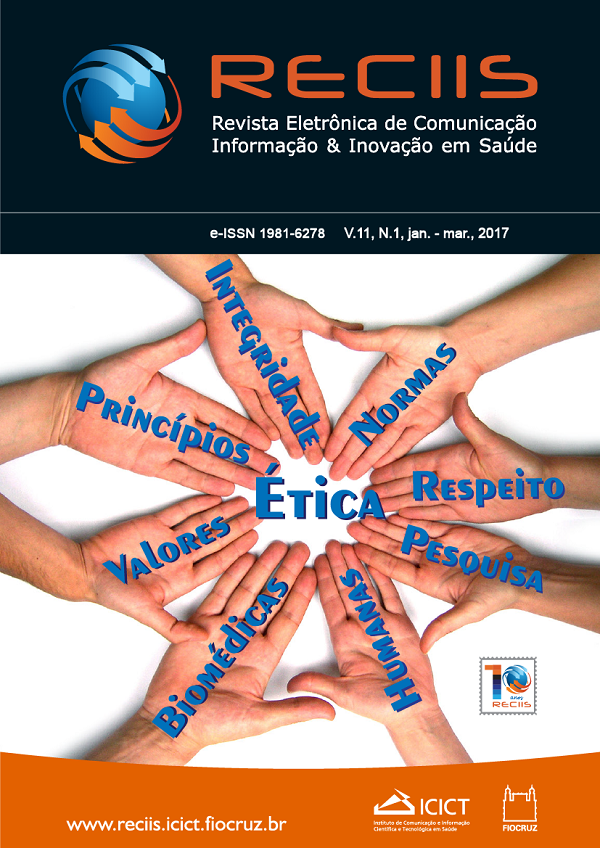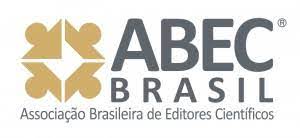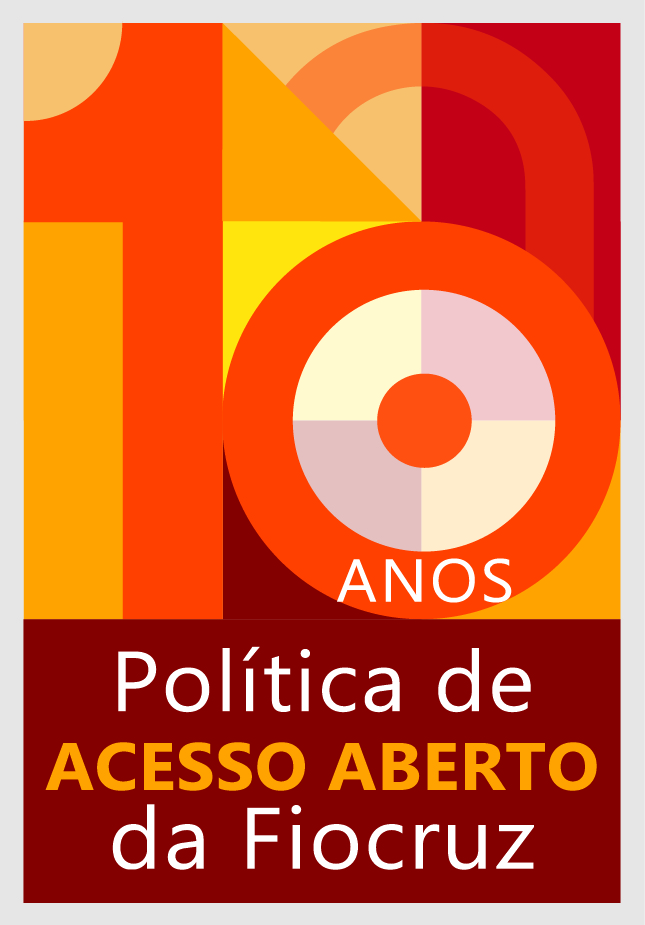Integration of digital technologies in nursing teaching: simulation of a clinical case about pressure ulcers with the SIACC software
DOI:
https://doi.org/10.29397/reciis.v11i1.1189Keywords:
nursing education, educational technology, computer simulation, teaching, nursing.Abstract
The health care demands more and more professionals with reflexive critical thinking and decision-making habilities. Therefore, is a challenge to educators to implement active learning methodologies that are befitting with the technology development today. Thus, the goal of this article is to present the development of a simulation of a clinical case using the software titled SIACC (Sistema Interdisciplinar de Análise de Casos Clínicos – interdisciplinary system for analysis of clinical cases) to improve the study of nursing fundamentals. The process to simulate clinical case with the SIACC was divided in two steps: information register and the case setting in the software. The pilot project about “pressure ulcers” includes pictures, videos, articles and exercises to facilitate the learning of the theme by the student. The results ratify that the use of clinical simulation through that software in nursing education facilitates the correlation between theory and clinical experiences, enabling the student to develop knowledge, skills and attitudes that are fundamental to nursing care.
Downloads
Published
How to Cite
Issue
Section
License
Author’s rights: The author retains unrestricted rights over his work.
Rights to reuse: Reciis adopts the Creative Commons License, CC BY-NC non-commercial attribution according to the Policy on Open Access to Knowledge by Oswaldo Cruz Foundation. With this license, access, download, copy, print, share, reuse, and distribution of articles is allowed, provided that it is for non-commercial use and with source citation, granting proper authorship credits and reference to Reciis. In such cases, no permission is required from the authors or editors.
Rights of authors’s deposit / self-archiving: The authors are encouraged to deposit the published version, along with the link of their article in Reciis, in institutional repositories.












